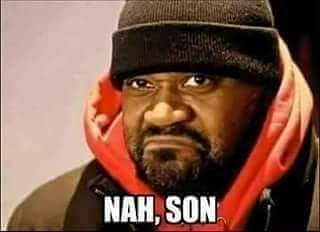Ghost in the Shell
- Whitewashing weakened the narrative, complicated the setting, and generally made me wish I’d just watched the anime instead.
- Japanese soul/consciousness — the ghost — becomes the “perfect fusion of human and machine” when a (military?? government?? corporation?? this part was confusing) transfer it — her, Major, to an inexplicably European mechanical body — the shell. Make sense? I didn’t think so either.
- The ghost is a Japanese woman. The shell is a white woman (played by an American actress). If I was Japanese, I’d probably be incensed at this idea. As a descendant of Africans, I’m simply frustrated by the audacity. I’ve never in my life seen a Japanese woman that looked like Scarlet Johansen. Are we supposed to forget that America dropped the most devastating bombs the world has thus far seen on two civilian Japanese cities? A move that surely altered the national consciousness and sense of identity for the people of Japan? In my eyes, those unparalleled and unprecedented atrocities permanently removes any American interest from ever portraying a single semblance of the Japanese soul. Actually, how dare they?
- Japanese soul/consciousness — the ghost — becomes the “perfect fusion of human and machine” when a (military?? government?? corporation?? this part was confusing) transfer it — her, Major, to an inexplicably European mechanical body — the shell. Make sense? I didn’t think so either.
- I wonder how many cultural faux pas this movie committed.
- The movie was unambiguously filmed in Shanghai. It’s not subtle. Like, the street signs (and the streets themselves) were covered in Chinese characters. The movie never directly revealed the setting to be Japan, though almost all of the characters have Japanese names. The movie felt like it could have happened in any international district in the world.
- Almost all of the unnamed characters that got shot looked Japanese though. Which is ugly, because that shows that the production team had ample access to Japanese talent. They simply decided that white makes right.
- The robotic geisha imagery felt deeply squicky. Especially since the geishas were modeled on Japanese actress’s face, meaning she could have been cast in the role of Major. They took the image of a Japanese woman, hollowed her out, added some special effects, and reduced her to a short-lived monster to be defeated. By Scarlet Johanson. How rude!
A Very Short Introduction to Asian American History
- I feel greatly disserviced to have learned of 16th century trans-Pacific Asian enslavement to America so late in my life.
- A harsh realization: it feels (validating?? ironically humanizing??) to know that my ancestors aren’t the only ones that were stolen and brought here in chains.
- All evidence suggests that the US was designed to be a white ethno-state. A nation of immigrants, sure, but as far as prosperity is concerned, that was reserved and protected exclusively for land owning white men. Not the focus of my work, just a realization & clarifying definition of what the founding fathers intended for America.
- Resistance, assimilation, forced displacement, lynch mobs — the Asian American story sounds strikingly familiar.
- some immediate differences between African and Asian Americans in history:
- the Asian slave trade ended two full centuries before the African slave trade
- Why does America have such a foundational and enduring anti-Black bias?
- The Japanese-American experience seems especially historically fraught. The Japanese government had a special concern for its citizens in America diplomatically speaking, though that concern failed to protect either those Japanese citizens in America or, eventually, Japan itself, as it remains the only country to have ever been nuked — by none other than America.
- I wonder how colorism and general lack of media visibility affects the Filipino community when juxtaposed to other Asian American communities.
- the Asian slave trade ended two full centuries before the African slave trade

Leave a Reply
You must be logged in to post a comment.